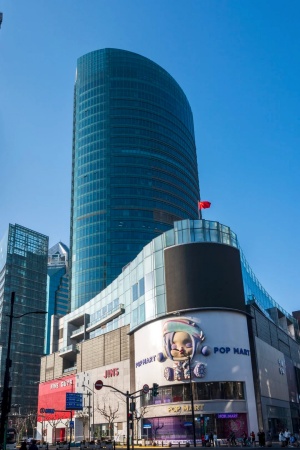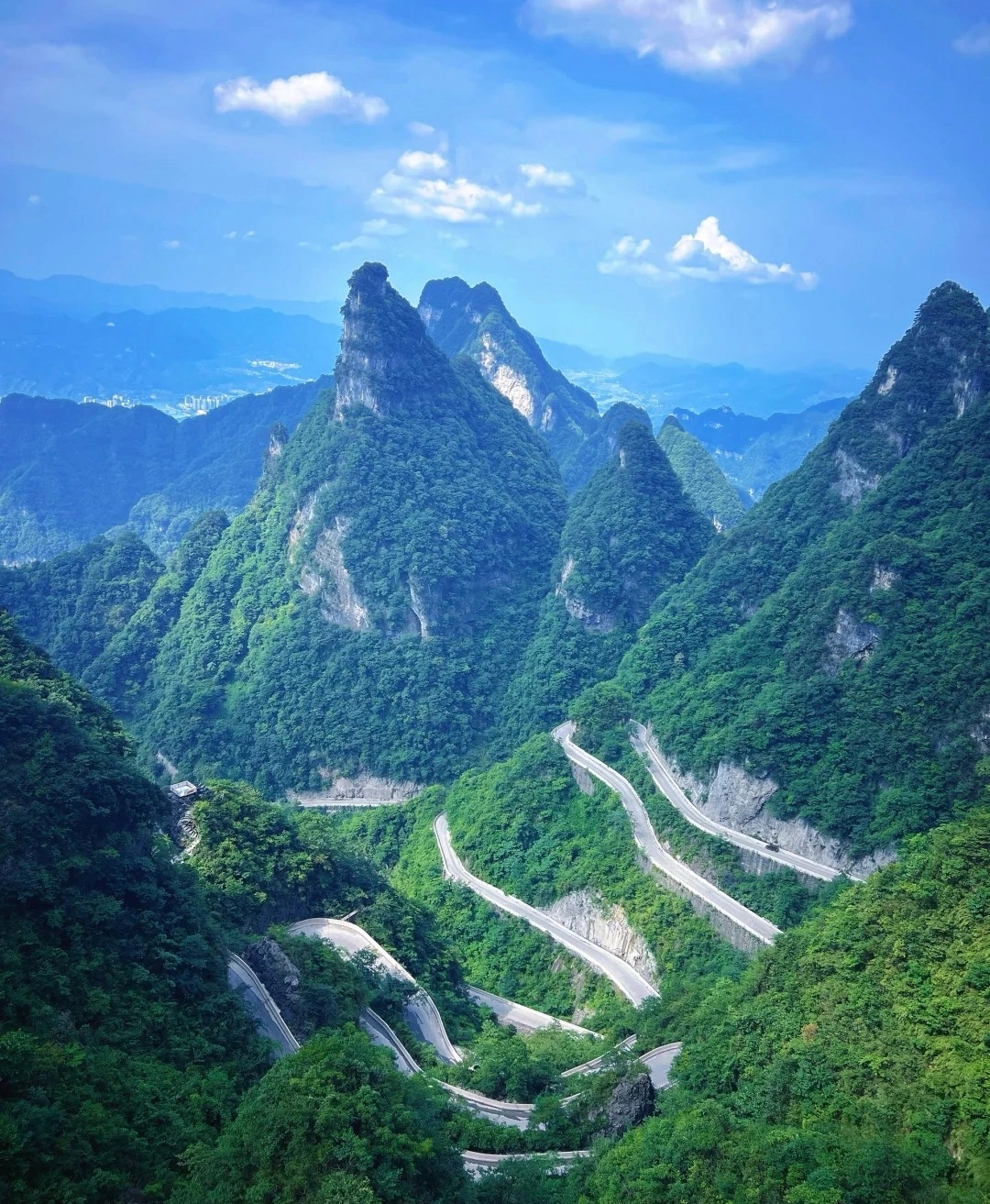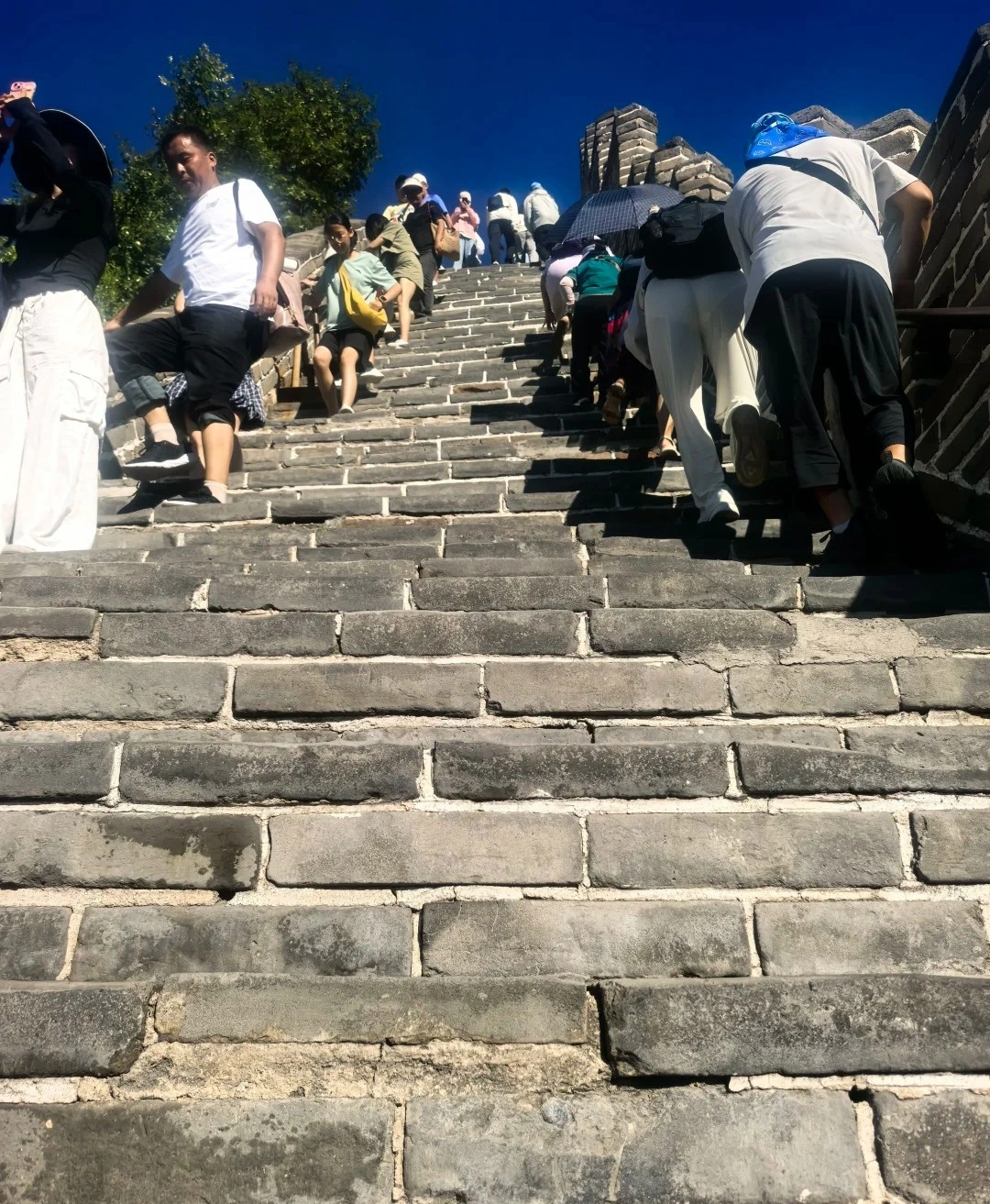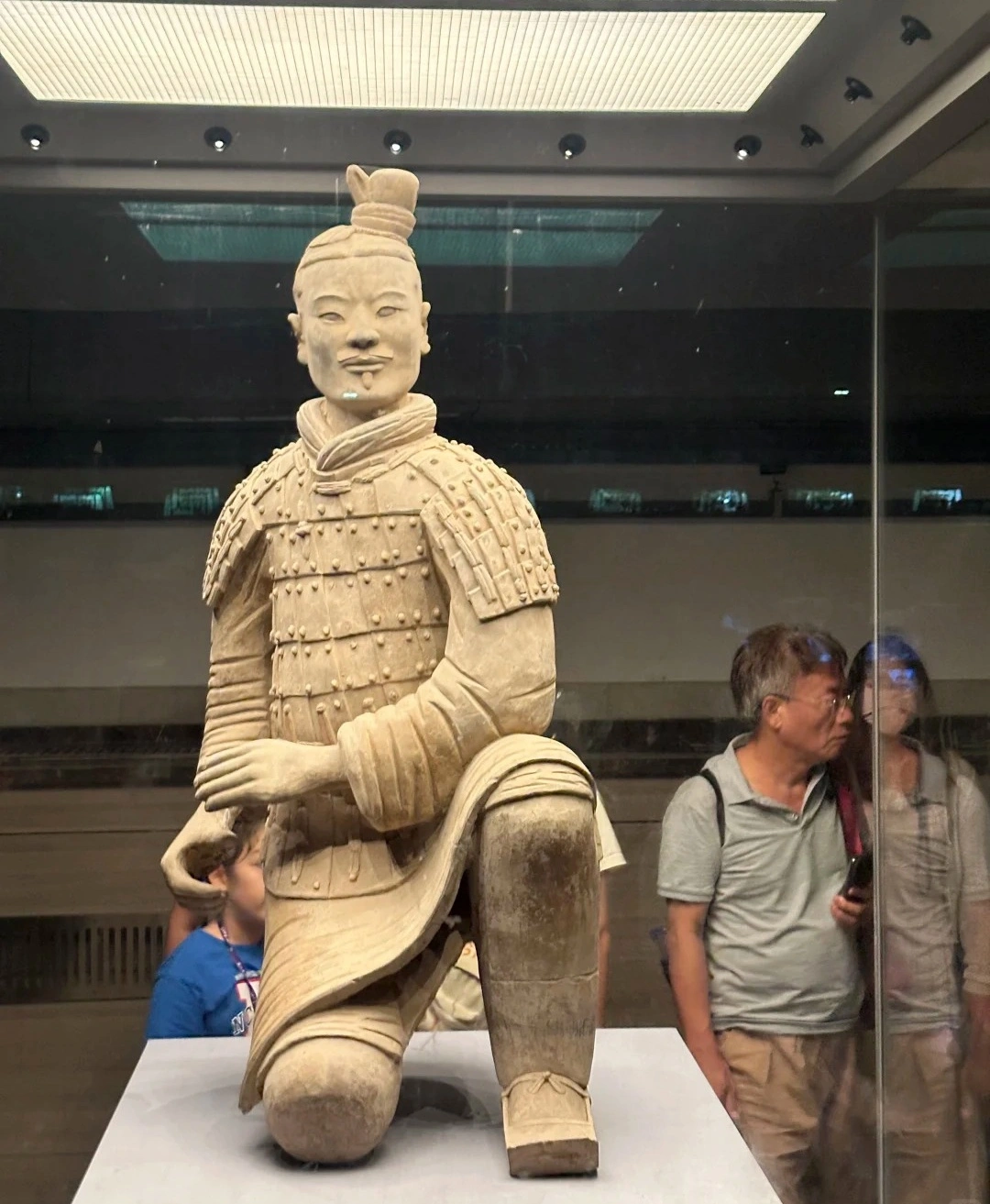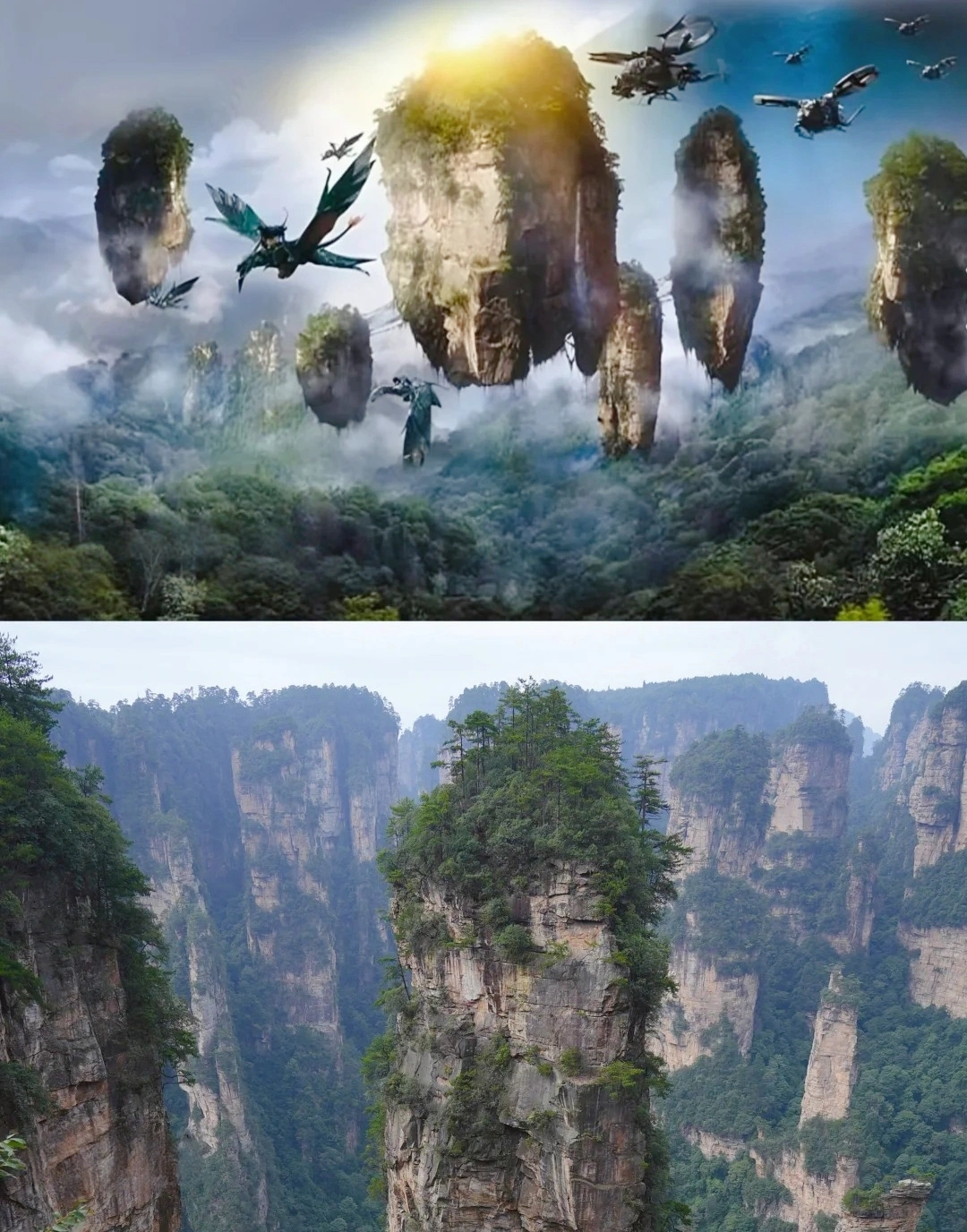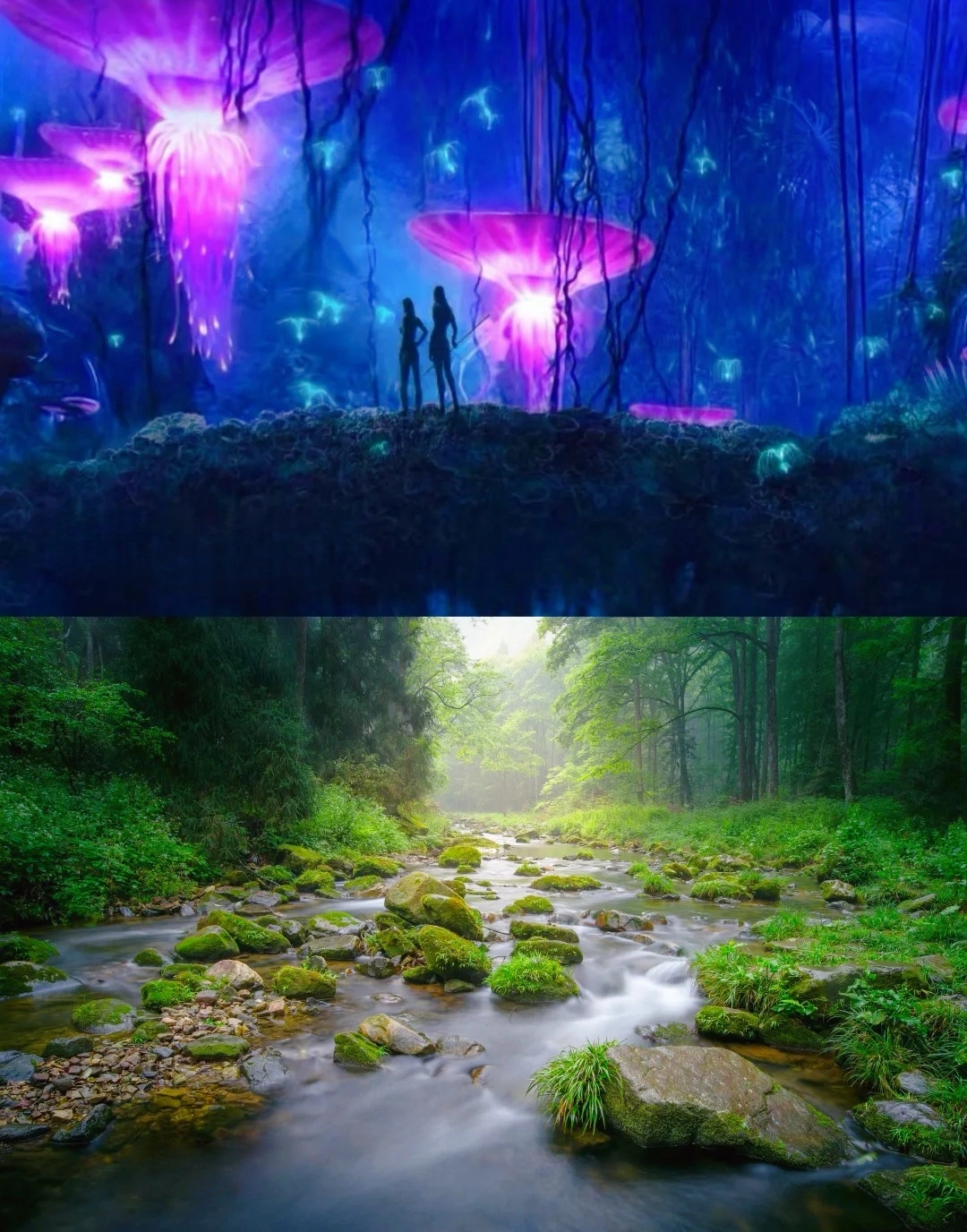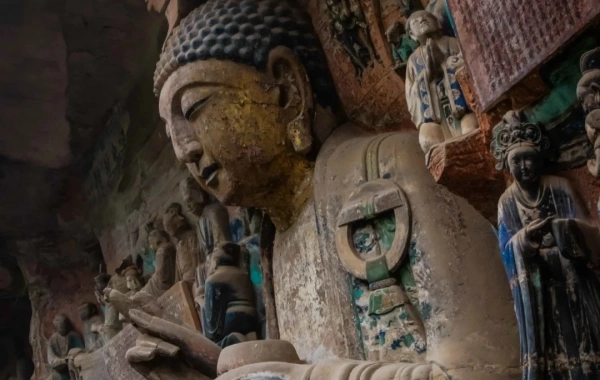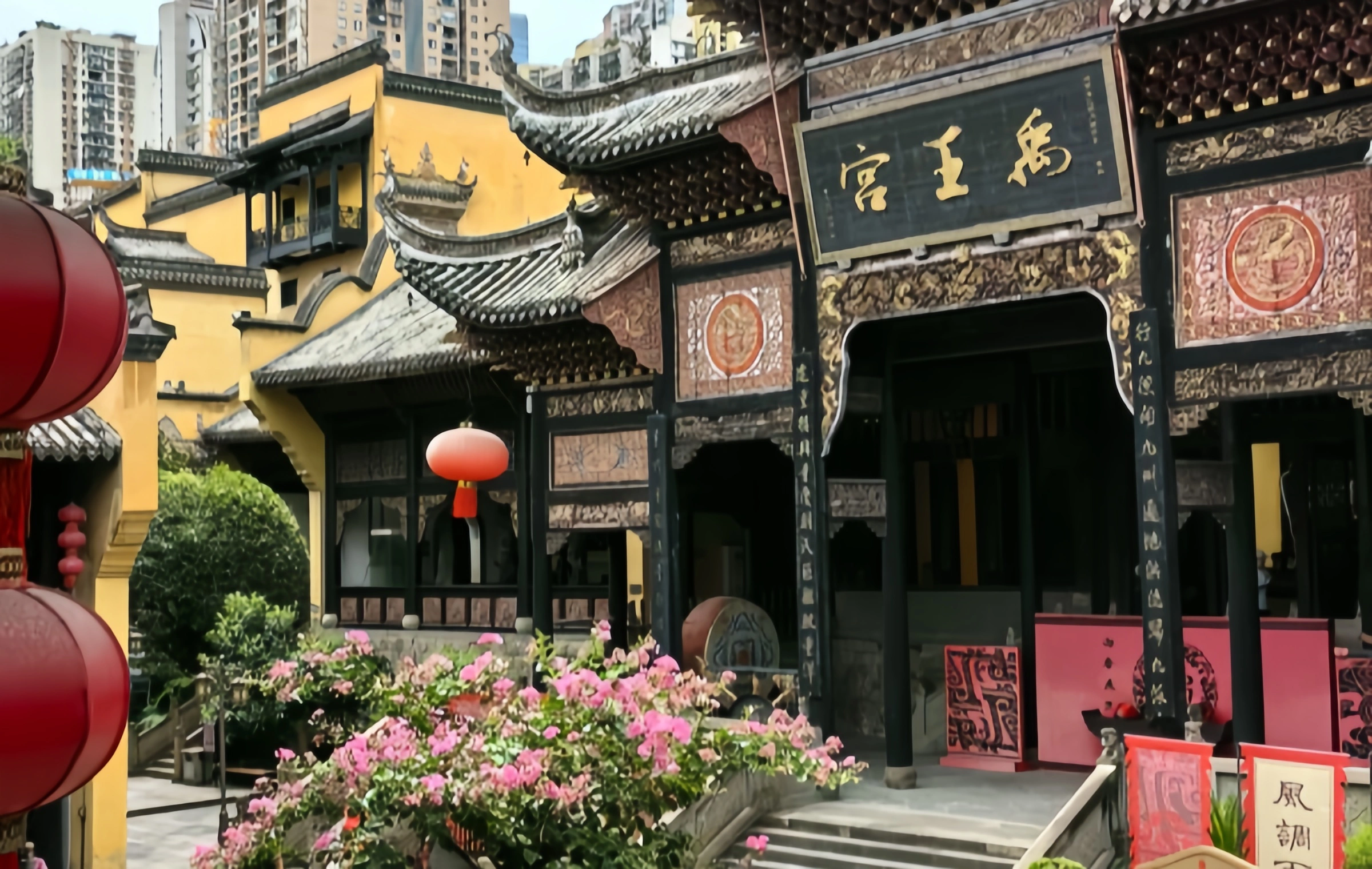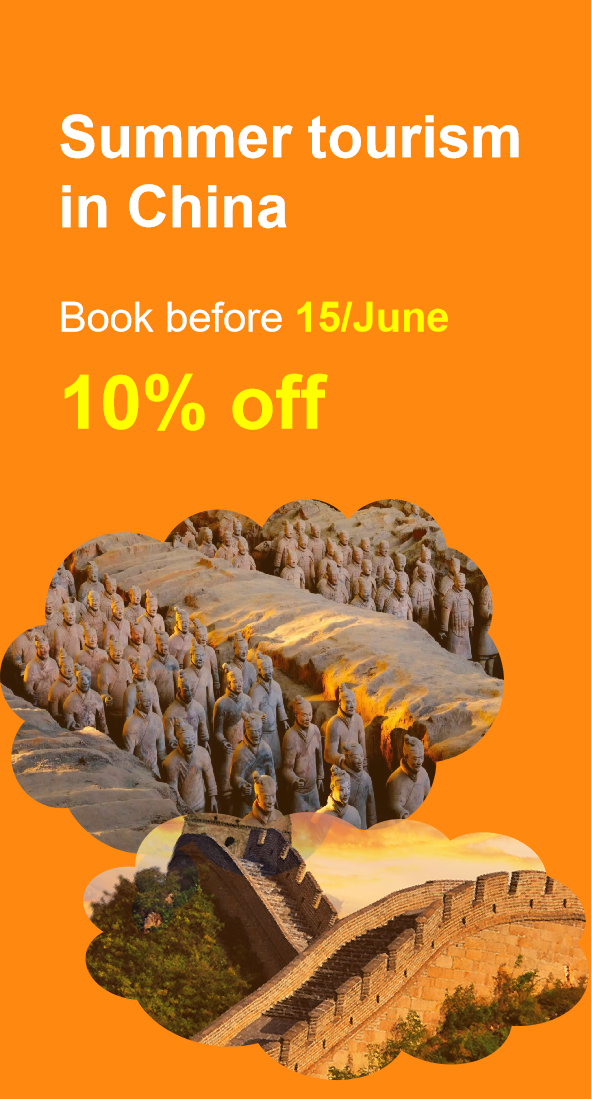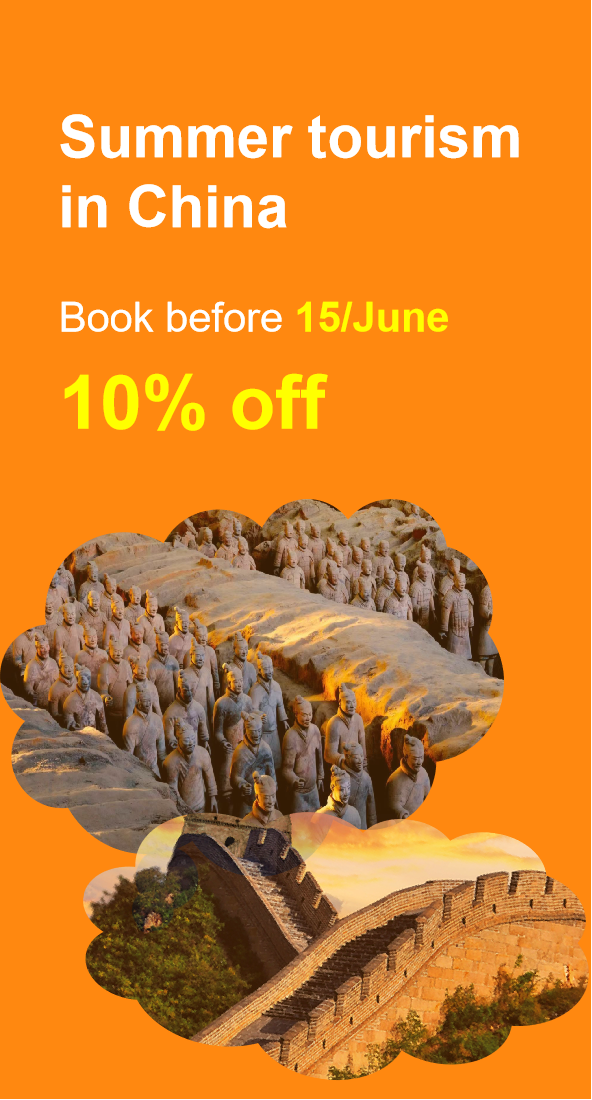Top 10 Cultural Landmarks in Chongqing
Chongqing, a metropolis carved by mountains and rivers, is not only a modern economic powerhouse but also a vibrant cultural hub. From ancient temples to revolutionary sites, its cultural icons reflect a blend of Sichuanese traditions, migrant influences, and revolutionary spirit. Here are the must-visit cultural sites that define Chongqing’s heritage and identity:
1. Dazu Rock Carvings – UNESCO’s Buddhist Masterpiece
Location: Dazu District
Highlights:
- A UNESCO World Heritage Site featuring over 70,000 Tang-Song Dynasty Buddhist, Taoist, and Confucian rock carvings.
- Famous for the Northern Hill (Buddhist paradise) and Southern Hill (hellish punishments), showcasing moral storytelling through art.
- The Baodingshan Giant Buddha (15 meters tall) is a masterpiece of syncretic philosophy.
Why Visit: Witness Asia’s most elaborate rock-cut art, blending religion, ethics, and aesthetics.
2. Huguang Guild Hall – The Heart of Migrant Culture
Location: Yuzhong District
Highlights:
- A 18th-century guild hall complex built by migrants from Hubei and Hunan during the “Huguang Fills Sichuan” population movement.
- Features ornate wood carvings, opera stages, and temples dedicated to migration deities.
- Hosts Sichuan Opera performances and exhibitions on China’s largest internal migration.
Why Visit: Step into a living museum of cultural exchange and resilience.
3. Three Gorges Museum – Chronicles of the Yangtze
Location: Yuzhong District
Highlights:
- A national-level museum with 170,000 artifacts, including Neolithic pottery, Ba-Shu cultural relics, and Three Gorges migration stories.
- Interactive exhibits like 4D flood simulations and virtual boat tours of the dammed river.
- The “Ancient Ba People” hall reveals Chongqing’s mysterious pre-Qin history.
Why Visit: Understand how the Yangtze shaped China’s civilization through millennia.
4. Ciqikou Ancient Town – A Ming-Qing Time Capsule
Location: Shapingba District
Highlights:
- A well-preserved river-port town with stilted buildings, teahouses, and workshops producing Chongqing porcelain and spicy snacks.
- Cultural experiences include shadow puppetry, Sichuan opera, and calligraphy demonstrations.
- The “Thousand-Person Military Camp” ruins hint at its strategic past.
Why Visit: Taste, hear, and see traditional Sichuanese life in a living heritage site.
5. Hongya Cave – Cliffside Architectural Marvel
Location: Yuzhong District
Highlights:
- A 19th-century stilted village rebuilt with modern flair, blending Diaojiaolou (hanging houses) and Ba-Shu cultural motifs.
- Nightly light shows illuminate its tiered wooden structures, while riverside bars offer views of the Jialing River.
- The “18 Steps” market sells local crafts and street food.
Why Visit: Marvel at how tradition meets urban revitalization in this iconic skyline backdrop.
6. People’s Liberation Monument (Jiefangbei) – Revolutionary Symbol
Location: Yuzhong District
Highlights:
- A 1940s anti-aircraft tower turned commercial landmark, surrounded by neon-lit skyscrapers.
- The “Chongqing Spirit” statue and nearby Martyrs’ Park honor the city’s WWII resilience.
- A time capsule beneath the monument contains artifacts from the war era.
Why Visit: Stand at the crossroads of Chongqing’s past and future, where history fuels modernity.
7. Luohan Temple – Serenity Amidst Chaos
Location: Yuzhong District
Highlights:
- A Ming-Qing Buddhist temple housing 500 arhat statues carved from camphor wood.
- Famous for its “Silent Prayer” tradition, where visitors write wishes on paper lanterns.
- The “Mountain City View” terrace offers panoramic vistas of downtown Chongqing.
Why Visit: Find peace in the bustling city while exploring one of its oldest spiritual sites.
8. E’ling Park – The Birthplace of Chongqing’s “Mountain City” Identity
Location: Yuzhong District
Highlights:
- A 300-acre park built on cliffs, featuring pavilions, waterfalls, and the “Two Rivers Tower” (1950s landmark).
- The “Floating Gallery” displays art inspired by Chongqing’s topography.
- Hosts the annual “Mountain City Culture Festival” with folk dances and music.
Why Visit: Hike trails that inspired poets like Li Bai and grasp why Chongqing is called the “City on Hills.”
9. Chongqing Planning Exhibition Hall – A Future-Oriented Heritage Site
Location: Jiangbei District
Highlights:
- A futuristic museum using AR/VR to showcase Chongqing’s urban evolution from ancient Ba to smart city.
- The 1:500 scale model of the city lets visitors “fly” over landmarks via interactive screens.
- Exhibits on Three Gorges migration and Sichuan-Hubei cultural fusion.
Why Visit: See how heritage informs innovation in China’s most dynamic megacity.
10. Baoguan Temple – The Soul of Nan’an District
Location: Nan’an District
Highlights:
- A Tang Dynasty temple rebuilt in the Ming era, famous for its 1,000-Buddha Wall and vegetarian cuisine.
- The “Moon over the Mountain” festival celebrates mid-autumn with lantern releases and folk performances.
- Adjacent Nanbin Road offers riverside dining with views of Yuzhong’s skyline.
Why Visit: Experience spiritual tranquility and culinary traditions in a historic setting.
Conclusion
Chongqing’s cultural heritage spots are not frozen in time—they pulse with life, blending ancient rituals with modern creativity. Whether decoding rock carvings, savoring spicy noodles in a Ming-era town, or marveling at cliffside architecture, these landmarks reveal a city that honors its past while racing toward the future.
Pro Tip: Visit during the Chongqing Culture and Tourism Festival (September–October) for free guided tours, traditional performances, and food fairs. Don’t miss the night cruise on the Yangtze to see landmarks like Hongya Cave and Jiefangbei aglow after dark.
Contact Us
What Our Clients Say?
Based on 10,000+ traveler reviews
